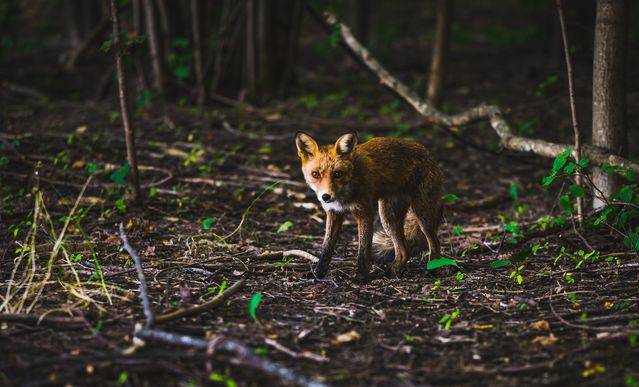
All our fears—no matter how irrational they may seem to us today—are in some sense survival-based. The instinctive, cautionary behavior that underlies modern anxiety had its roots in the conditions of primitive life, especially as it was lived cooperatively by groups or tribes. It didn’t matter what was being avoided: attention to the subtleties of social interaction had the same survival value as obvious protective mechanisms like fear of heights or revulsion toward rotten meat. These impulses may have helped our ancestors avoid all sorts of unfortunate consequences. But tens of thousands of years later, in a civilized setting, the same impulses appear somewhat neurotic. It appears that evolution has unwittingly instilled in us the capacity for anxiety disorders. It taught our ancestors, “Better safe than sorry.”
What does this mean, practically speaking? Well, for one thing, it means we can take almost any modern anxiety disorder and trace it back to its origin as a survival mechanism. Take obsessive-compulsive disorder (OCD), for example. Individuals with OCD may harbor an extreme fear of germ contamination. A ridiculous phobia? Not in terms of history. Until recently, our ancestors were highly susceptible to contagious diseases that were often fatal—especially as populations became denser. Obsessive people also tend to hoard things—old newspapers, clothing, food, and other things. The impulse would be useful in a primitive environment where resources were scarce. Indeed, as recently as the Middle Ages, failing to save up enough food for winter was a significant cause of death (even animals frequently exhibit seasonal hoarding instincts). Or consider the obsessive’s fear of losing control and becoming violent. In a primitive environment, this might translate as simple prudence.
Each of the recognized anxiety disorders has similar links to evolutionary history. Agoraphobia—fear of open spaces—no doubt is related to our ancestors’ vulnerability to predators in exposed open settings. Post-traumatic stress disorder almost certainly originated as a way of keeping us away from dangers we’d already experienced as witnesses or near-victims. Generalized anxiety disorder is simply a modern version of farsightedness. The tribe’s “worriers” might have simply been the ones who anticipated calamities and prepared for them.
Once we’ve seen and understood that our anxieties have a solid basis in our evolutionary history, we’re better prepared to accept them as simply part of our biological heritage. We no longer need to view them as personal shortcomings that require us to feel guilt or embarrassment. But the really good news is that while we may have been born with these fears, they don’t necessarily have to exert control over us forever. It’s possible to reduce their power—especially when they’re clearly out of proportion to actual dangers.
This is why many fears we have naturally in childhood go away as we get older. Children are often afraid of things like animals, water, the dark, or being alone. Normally as they grow up, they learn that these things are usually survived, that they do not pose threats. Experience teaches children to relinquish fear more than it teaches them to be afraid. Research supports this: city children are more afraid of snakes than kids in rural areas, because country children come in contact with snakes more often and learn that they are not dangerous. The primal fear subsides. Many children are terrified of water, but once they learn to swim the fear dissipates. It’s easier to be gripped by a fear—particularly one that’s been biologically instilled—if you’re facing it for the first time. If fears of falling were entirely learned, you would expect that kids who had fallen and gotten injured would have been more likely to be afraid of heights. But research shows that the opposite is true. Kids who initially had a fear of heights were less likely to fall at a later time.
Take a look at the table below and you will see that fears are adaptations that protect us in an environment that was dangerous, where predators stalked our ancestors, where strangers would kill, and where starvation was a daily concern. Without fear, we would not have survived to write about it.




